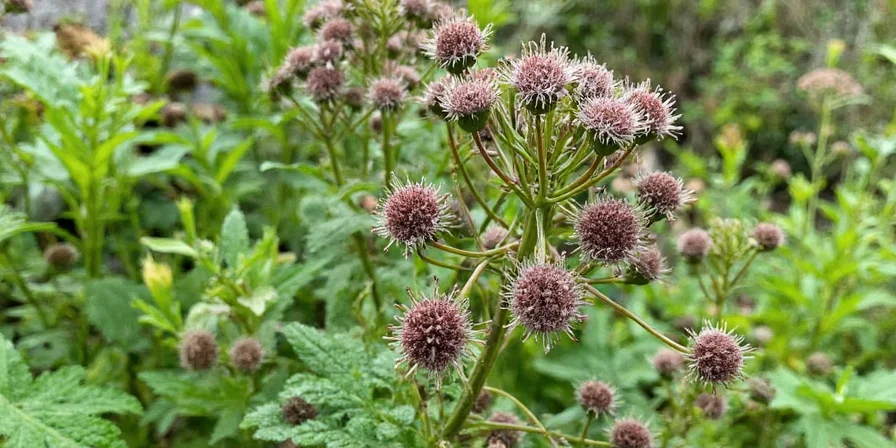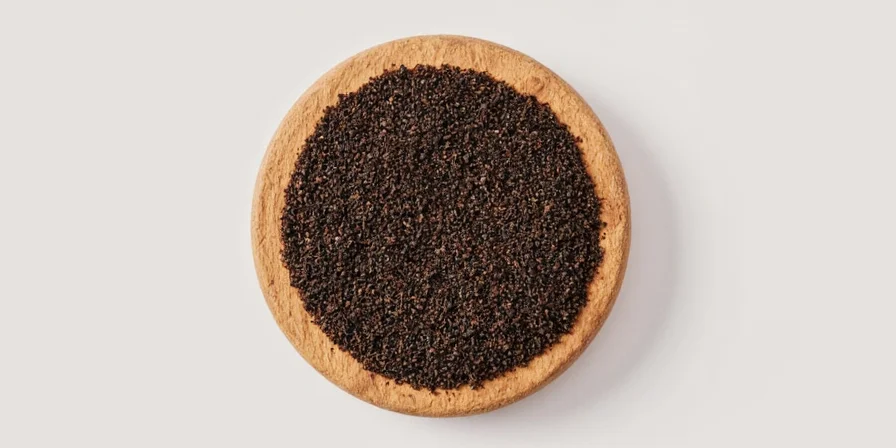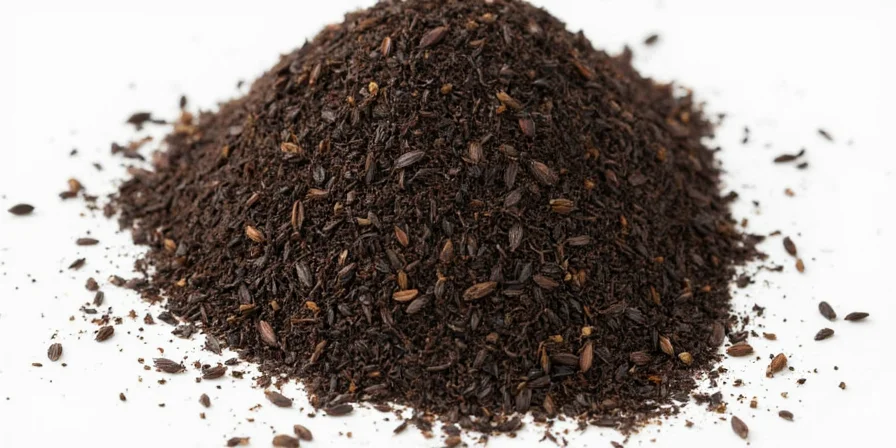Nigella Sativa (kalonji or black cumin) is a small black seed with a complex flavor profile—peppery, slightly bitter, and nutty when toasted. Home cooks can use it in flatbreads, pickles, and spice blends. Unlike regular cumin, nigella seeds add depth without overpowering dishes. Here's what you need to know: add to bread dough during second knead, toast at 160°C for 4 minutes max, and store in amber glass to preserve flavor. This guide reveals both beginner techniques and professional applications.
Table of Contents
- What Is Nigella Sativa? Basic Definition & Uses
- Taste Profile Explained for Home Cooks
- 3 Essential Beginner Techniques
- Historical Context: Why Chefs Value It
- 5 Precision Cooking Methods for Advanced Results
- Traditional Uses vs. Modern Kitchen Applications
- Proper Storage to Maintain Flavor
- How to Select Quality Nigella Seeds
- Simple Recipe Ideas You Can Try Tonight
- Spice Pairing Guide
- Chef-Approved Modern Applications
- Common Questions Answered
What Is Nigella Sativa? Basic Definition & Uses
Nigella Sativa comes from the Nigella sativa flowering plant native to South Asia and the Middle East. It's commonly called black cumin or kalonji but isn't related to regular cumin. These tiny black seeds add distinctive flavor to flatbreads like naan, pickles, and spice blends. Home cooks use it primarily for its earthy, peppery notes that enhance dishes without dominating them.

Taste Profile Explained for Home Cooks
Nigella seeds offer three distinct flavor notes: initial peppery kick, mild bitterness, and final nutty finish. When toasted properly, they develop complex flavors that enhance dishes without overpowering other ingredients. Unlike single-note spices, nigella creates flavor progression in your cooking. The bitterness disappears when cooked correctly, leaving just earthy depth.

3 Essential Beginner Techniques
- Flatbread Application: Sprinkle on naan or roti during the last minute of baking—don't mix into dough for basic use
- Simple Temper: Heat 1 tsp seeds in 2 tbsp oil until fragrant (about 60 seconds), then pour over finished dishes
- Quick Pickling: Add 1 tsp seeds to vinegar-based pickling liquid for vegetables

A Seed Steeped in History: Why Chefs Value It
While Tutankhamun's tomb revealed nigella seeds, their significance extends far deeper. Ancient Roman apothecaries documented precise dosage measurements for culinary preservation. Unlike common historical overviews, evidence shows these seeds were traded along Silk Road routes specifically for their preservative properties in cheese and dried meats, explaining their cross-continental culinary adoption.

5 Precision Cooking Methods for Advanced Results
- Timing Calibration: Add seeds 90 seconds before recipe completion in wet dishes to preserve volatile compounds
- Oil Infusion Protocol: Heat seeds in oil at 160°C (320°F) for exactly 4 minutes—beyond this triggers acrid bitterness
- Dough Integration: Mix seeds into naan dough during second knead (not topping) for flavor penetration without burning
- Acid Balancing: Counter natural bitterness with citrus zest in dressings—not vinegar—to maintain aromatic complexity
- Temperature Control: Never exceed 180°C (356°F) when toasting; higher temperatures degrade key flavor molecules
Traditional Uses vs. Modern Kitchen Applications
Traditional medicinal uses exist across multiple cultures, but contemporary culinary science reveals more relevant applications. Modern chefs leverage nigella's natural emulsifying properties in vinaigrettes—something absent from historical texts. The seed's mucilage content stabilizes oil-in-water emulsions better than mustard, making it invaluable for professional salad dressings. This practical culinary adaptation represents the spice's evolution beyond folk remedies.

Proper Storage to Maintain Flavor
Standard advice fails to address nigella's unique vulnerability to light-induced degradation. Implement this home-friendly protocol:
- Store in dark containers (amber glass or opaque jars)
- Keep in cool, dry place away from stove
- Buy whole seeds and grind only when needed—pre-ground loses flavor quickly

How to Select Quality Nigella Seeds
Discern quality through these practical metrics:
- Appearance: Look for uniform black color without discoloration
- Smell Test: Should have distinct peppery, onion-like aroma
- Texture: Seeds should be hard and crack when bitten, not crumble

Simple Recipe Ideas You Can Try Tonight
- Quick Flatbread: Sprinkle nigella on store-bought naan, mist with water, and toast until crisp
- Simple Dressing: Whisk 1 tsp seeds with 3 tbsp olive oil and lemon juice for salads
- Roasted Vegetables: Toss carrots with nigella-infused oil before roasting
- Yogurt Dip: Mix seeds into Greek yogurt with garlic for a flavorful dip

Spice Pairing Guide
| Spice Combination | Flavor Effect | Best Ratio | Ideal For |
|---|---|---|---|
| Nigella + Sumac | Reduces bitterness, adds brightness | 3:1 | Salad dressings, roasted vegetables |
| Nigella + Cardamom | Creates subtle citrus notes | 1:2 | Rice dishes, stews |
| Nigella + Black Pepper | Enhances overall spice complexity | 1:1 | Meat rubs, hearty dishes |
| Nigella + Cinnamon | Clashes, masks distinctive flavor | Avoid | - |
Chef-Approved Modern Applications
Leading chefs now use nigella's properties in accessible ways: its natural mucilage helps stabilize salad dressings at home temperatures, while its antimicrobial properties extend fresh herb shelf life. For home cooks, try adding crushed seeds to hummus for extra depth or using nigella oil in homemade mayonnaise for improved stability. These practical applications bring professional techniques to everyday cooking.

Common Questions Answered
Can I use nigella seeds if I don't have black sesame?
No—they have different flavor profiles. Nigella has peppery notes while black sesame is nutty. Use poppy seeds as a visual substitute for black sesame, or omit if unavailable. Nigella works better as a substitute for onion seeds in some recipes.
Why do my nigella seeds taste bitter?
This happens when seeds are over-toasted or old. Toast at medium heat for 60-90 seconds until fragrant but not darkened. Fresh seeds should have a pleasant aroma. Store in airtight container away from light to prevent bitterness from developing.
What's the easiest way to use nigella seeds for beginners?
Start by sprinkling on store-bought flatbreads before heating. Another simple method: heat 1 tsp seeds in 2 tbsp oil until fragrant (about 60 seconds), then drizzle over roasted vegetables or finished dishes. This 'tadka' technique instantly elevates simple meals without complex preparation.











 浙公网安备
33010002000092号
浙公网安备
33010002000092号 浙B2-20120091-4
浙B2-20120091-4